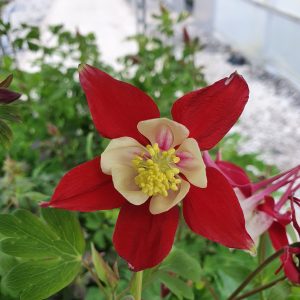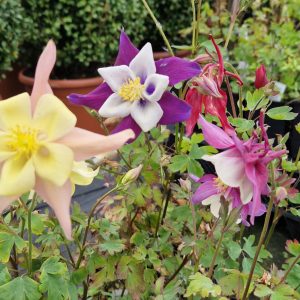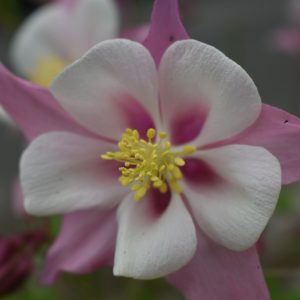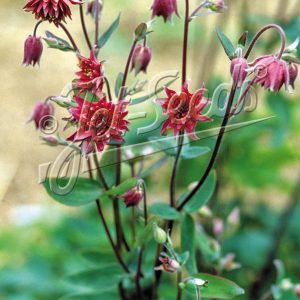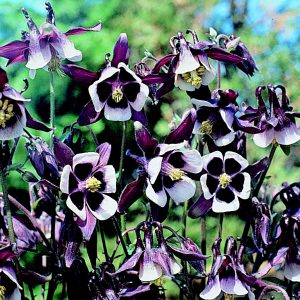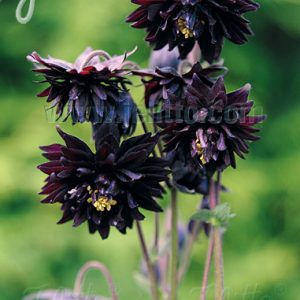Aquilegia, commonly known as Columbine, is a delightful perennial known for its unique and intricate flowers. Follow this comprehensive planting guide to ensure successful establishment and vibrant blooms in your garden.
Selecting the Planting Site
Sunlight Requirements: Choose a location with partial shade to full sun. Aquilegia performs well in areas with filtered sunlight, especially in warmer climates.
Soil Conditions: Plant in well-draining soil enriched with organic matter. Aquilegia prefers slightly acidic to neutral soil.
Planting Time
Optimal Timing: Plant Aquilegia in the early spring or early Autumn. This allows the plants to establish before extreme temperatures.
Planting Process
Prepare the Soil: Work the soil to a depth of 12 inches, incorporating compost or well-rotted manure for fertility.
Seed Planting: If starting from seeds, sow them directly in the garden or indoors. Press seeds lightly into the soil, covering them with a thin layer.
Transplanting: If planting seedlings, space them about 12 to 18 inches apart, depending on the variety. Ensure the crown is level with the soil surface.
Watering
Regular Watering: Keep the soil consistently moist, especially during dry spells. Avoid waterlogged conditions, as excessive moisture can lead to root rot.
Mulching: Apply a 2-3 inch layer of organic mulch around the plants to retain soil moisture and suppress weeds.
Fertilisation
Balanced Fertiliser: Apply a balanced, slow-release fertiliser in early spring as new growth emerges. Follow the package instructions for application rates.
Support
Staking Tall Varieties: Some taller Aquilegia varieties may benefit from staking to prevent flopping, especially when in bloom.
Pruning
Deadheading: Remove spent flowers to encourage prolonged blooming and prevent self-seeding. Prune back stems after flowering to promote bushier growth.
Pest and Disease Management
Aphid Control: Keep an eye out for aphids and treat any infestations promptly using insecticidal soap or neem oil.
Good Air Circulation: Proper spacing between plants promotes good air circulation, reducing the risk of fungal diseases.
Division
Periodic Division: Every 2-3 years, consider dividing mature Aquilegia clumps to rejuvenate the plants. This is best done in the Autumn or early spring.
Adaptation
Recognise Varietal Differences: Different Aquilegia varieties may have unique care requirements. Be attentive to the specific needs of the cultivars you have planted.
By following these guidelines, you’ll establish a healthy and thriving Aquilegia. Adapt care based on your specific growing conditions and enjoy the diverse and enchanting blooms these plants bring to your landscape.



